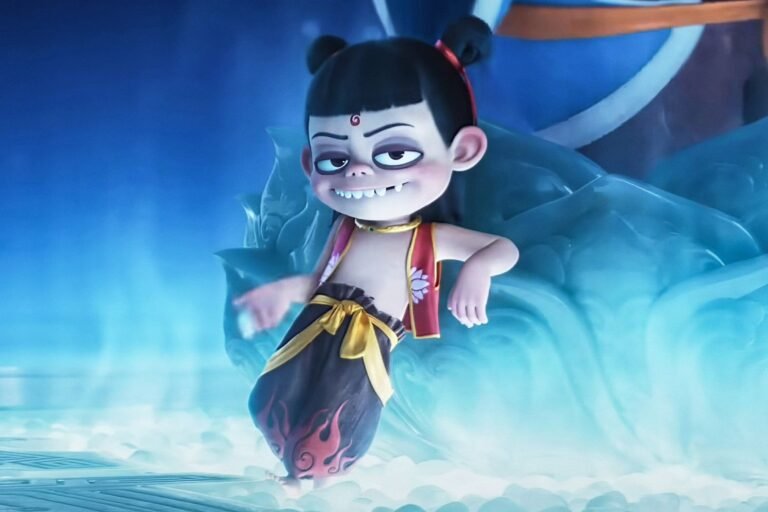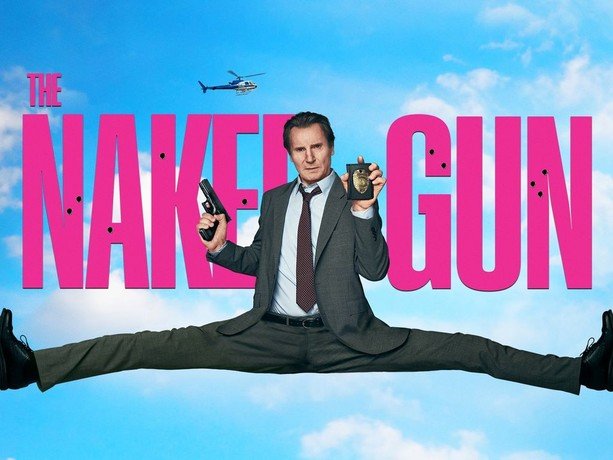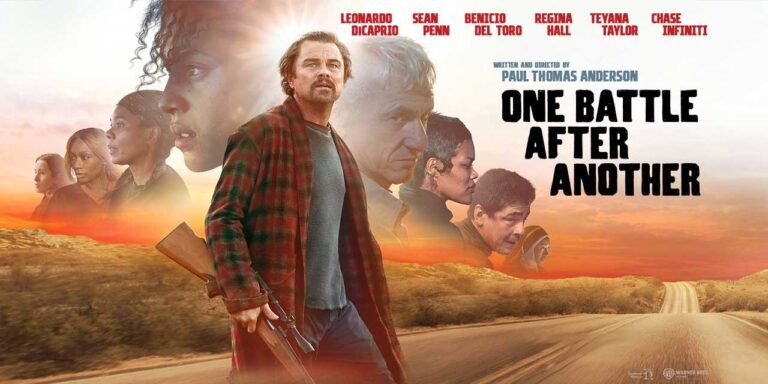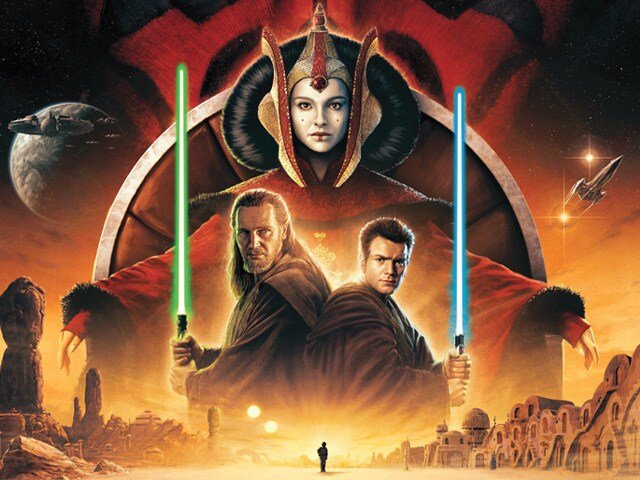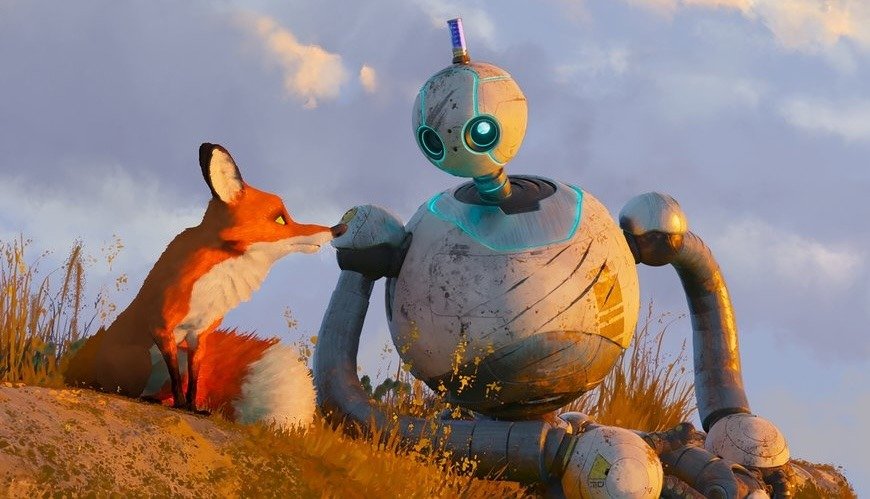
In the ever-evolving landscape of animated films, Dreamworks has consistently proven its ability to captivate audiences with its unique storytelling and visually stunning creations. The studio’s latest offering, “The Wild Robot,” based on the beloved book series by Peter Brown, is no exception. Directed by the acclaimed Chris Sanders, this film is a testament to Dreamworks’ commitment to delivering original, emotionally resonant narratives that leave a lasting impression.
As the last production to be fully made at Dreamworks’ Glendale, California studio, “The Wild Robot” holds a special significance for the company. It marks the end of an era and the beginning of a new chapter, where the studio will partner with other production facilities to streamline its operations and increase its output. However, this transition has not diminished the quality or the ambition of Dreamworks’ latest cinematic gem.
A Visually Stunning Masterpiece
One of the standout features of “The Wild Robot” is its breathtaking visual style. Director Chris Sanders has described the film’s aesthetic as akin to “Monet painting in a forest of Miyazaki,” a lofty comparison that is more than justified. The attention to detail and the stunning use of color and light create an immersive, almost dreamlike environment that transports the audience into the heart of the wild.
The film’s visual language is not merely a feast for the eyes; it serves as a powerful storytelling tool, reflecting the emotional journey of the protagonist, the robot Ross 7134. As the story unfolds, the palette and the movement of the animation evolve, mirroring the character’s transformation from a programmed, calculated entity to a being that embraces the freedom and unpredictability of the natural world.
The film’s visual splendor is further enhanced by the seamless integration of the robot character into the lush, vibrant landscapes. Sanders and his team have masterfully blended the mechanical and the organic, creating a harmonious coexistence that challenges the audience’s preconceptions about the relationship between technology and nature.
Exploring Themes of Identity, Community, and the Human Experience
While “The Wild Robot” captivates with its visual grandeur, the film’s true strength lies in its exploration of profound themes that resonate with audiences of all ages. At the heart of the story is the journey of Ross 7134, a robot programmed to serve humans, who finds herself stranded in a wild and unfamiliar environment.
Identity and Free Will: The film delves into the complex question of identity, examining the tension between programmed behavior and the pursuit of free will. As Ross navigates the challenges of the natural world, she is forced to confront her own sense of purpose and the limitations of her programming.
Community and Belonging: “The Wild Robot” masterfully weaves a narrative about the importance of community and the search for a sense of belonging. As Ross interacts with the diverse array of animal characters, she learns to bridge the gaps between their differences and find common ground, ultimately creating a makeshift family.
The Human Experience: While the protagonist is a robot, the film’s themes resonate deeply with the human experience. The story explores universal concepts such as empathy, adaptation, and the search for meaning, inviting the audience to reflect on their own lives and the complexities of the world around them.
Through these thematic explorations, “The Wild Robot” transcends the boundaries of the traditional animated film, offering a rich and multilayered narrative that challenges the audience to think deeply about the human condition and our relationship with the natural world.
Memorable Characters and Emotional Storytelling
Complementing the film’s visual splendor and thematic depth is a cast of memorable characters that captivate the audience. At the center of the story is Ross 7134, a robot whose journey of self-discovery and integration into the natural world is both compelling and emotionally resonant.
Equally endearing is the character of Bright Bill, the orphaned gosling that Ross takes under her mechanical “wing.” The bond that develops between the robot and the young bird is a heartwarming testament to the power of compassion and the ability to transcend perceived differences.
The supporting cast of animal characters, including the wary but ultimately accepting fox and the initially threatening but ultimately protective bear, add depth and complexity to the narrative. These characters not only serve as obstacles for Ross to overcome but also as catalysts for her growth and understanding of the natural world.
The emotional storytelling in “The Wild Robot” is equally impressive, with the film seamlessly blending moments of humor, drama, and poignancy. The audience is drawn into the characters’ journeys, empathizing with their struggles and celebrating their triumphs. The film’s ability to evoke a range of emotions, from laughter to tears, is a testament to the skill of the storytellers and the power of the medium.
The Significance of “The Wild Robot” for Dreamworks
As the last production to be fully realized at Dreamworks’ Glendale studio, “The Wild Robot” holds a special significance for the animation powerhouse. The film’s success not only serves as a fitting sendoff for the studio’s Glendale chapter but also as a testament to Dreamworks’ continued commitment to producing high-quality, original content.
In a landscape dominated by established franchises and sequels, “The Wild Robot” stands out as a refreshing and ambitious original work. The film’s critical acclaim and the positive response from audiences have the potential to pave the way for more daring and innovative storytelling from Dreamworks in the years to come.
Moreover, the studio’s decision to partner with other production facilities for future projects signals a strategic shift in its approach. By leveraging the resources and expertise of multiple studios, Dreamworks aims to increase its output and deliver even more engaging and visually stunning animated films to audiences worldwide.
As the curtain falls on the Glendale era, “The Wild Robot” serves as a shining example of Dreamworks’ ability to create timeless, emotionally resonant stories that captivate and inspire. The film’s success is a testament to the studio’s unwavering dedication to the art of animation and its commitment to pushing the boundaries of the medium.
A Cinematic Triumph
In the ever-evolving landscape of animated films, “The Wild Robot” stands out as a true cinematic triumph. Directed by the acclaimed Chris Sanders, this Dreamworks production is a masterful blend of breathtaking visuals, compelling storytelling, and profound thematic exploration.
From its stunning Monet-esque landscapes to its emotionally resonant characters, “The Wild Robot” captivates the audience and leaves a lasting impression. The film’s ability to seamlessly integrate the mechanical and the organic, while delving into themes of identity, community, and the human experience, is a testament to the creative vision and technical prowess of the Dreamworks team.
As the curtain falls on the Glendale era, “The Wild Robot” serves as a fitting sendoff and a promising glimpse into the future of Dreamworks’ animation. The film’s critical acclaim and the positive response from audiences suggest that the studio is poised to continue its legacy of producing groundbreaking, original content that captivates and inspires.
For fans of animation and those seeking a truly immersive and thought-provoking cinematic experience, “The Wild Robot” is a must-see. It is a film that not only entertains but also challenges the audience to reflect on the complexities of the world around them and the universal truths that bind us all together.
To learn more about the film and its source material, be sure to check out the links, including the book by Peter Brown and the author’s social media channels.
